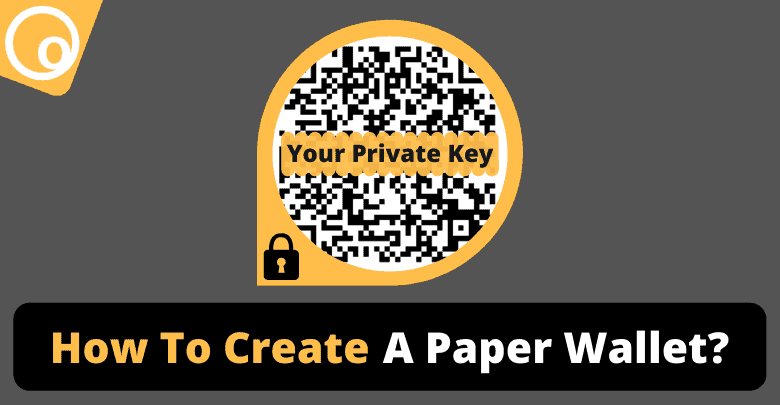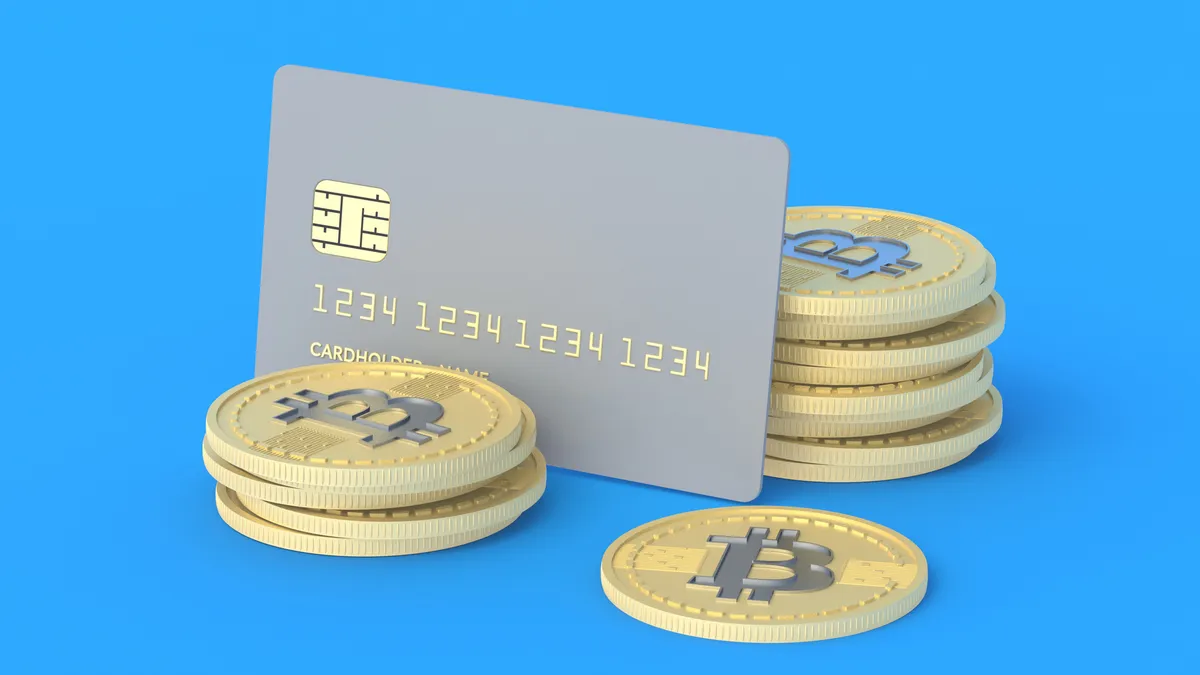
How to Protect Your Bitcoin Like a Pro: The Ultimate Guide to Paper Wallets!
Protect Your Bitcoin Like a Pro: In the ever-evolving world of cryptocurrency, ensuring the security of your Bitcoin is paramount. With increasing cyber threats, choosing the right method to store your digital assets can make all the difference. One of the most secure methods to protect your Bitcoin is through the use of a paper wallet. Press Officer Escapes with Players’ Money in Cryptocurrency Scam This guide will walk you through everything you need to know to safeguard your Bitcoin like a pro.
What Is a Paper Wallet?
A paper wallet is a physical document that contains your Bitcoin private key and public address. It allows you to store your Bitcoin offline, away from the reach of hackers and malware. Unlike hot wallets, which are connected to the internet, a paper wallet provides a high level of security by keeping your keys in a completely offline environment.
Key Components of a Paper Wallet:
- Public Address: Used to receive Bitcoin.
- Private Key: Used to access and spend your Bitcoin. This must be kept secret.
Why Use a Paper Wallet?
Paper wallets are ideal for:
- Long-term storage: Perfect for HODLing (holding onto Bitcoin for long-term gains).
- Offline security: Keeps your assets safe from online threats.
- Gift giving: A creative and secure way to share Bitcoin with friends or family.
How to Create a Paper Wallet
Creating a paper wallet is straightforward but requires attention to detail to ensure its security.
Step 1: Choose a Reliable Wallet Generator
Use a reputable paper wallet generator such as BitAddress or WalletGenerator. Always verify the authenticity of the website to avoid phishing scams.
Step 2: Go Offline
To maximize security, disconnect your computer from the internet before generating the wallet. Download the generator’s offline version if available.
Step 3: Generate the Keys
 Run the wallet generator and create your public and private keys. Ensure your computer is free of malware and viruses to prevent keylogging or unauthorized access.
Run the wallet generator and create your public and private keys. Ensure your computer is free of malware and viruses to prevent keylogging or unauthorized access.
Step 4: Print the Wallet
Print the wallet on a secure printer. Avoid saving the file or screenshotting the keys to prevent digital copies from being compromised.
Step 5: Secure Your Paper Wallet
Store your paper wallet in a safe, dry, and secure location, such as a fireproof safe or safety deposit box. Consider laminating it to protect it from physical damage.
Best Practices for Using Paper Wallets
- Do Not Share Your Private Key: Your private key is the gateway to your Bitcoin. Keep it confidential.
- Back-Up Your Wallet: Create multiple copies of your paper wallet and store them in separate secure locations.
- Use a QR Code Scanner: To avoid manual entry errors, use a QR code scanner to access your keys when needed.
- Test Before Storing Large Amounts: Send a small amount of Bitcoin to the wallet and retrieve it to ensure the process works correctly.
- Avoid Reusing Wallets: Once you’ve accessed your funds, create a new paper wallet for continued use.
Advantages of Paper Wallets
- High Security: Immune to online hacking and malware attacks.
- Cost-Effective: No need to purchase hardware or pay for wallet services.
- Simplicity: Easy to create and use for offline storage.
Disadvantages of Paper Wallets
- Physical Vulnerability: Susceptible to fire, water damage, or theft.
- No Recovery Options: If lost or destroyed, your Bitcoin cannot be recovered.
- Technical Knowledge Required: Proper setup requires a basic understanding of Bitcoin and wallets.
Conclusion
Protecting your Bitcoin doesn’t have to be complicated. With a paper wallet, you can secure your assets like a pro by keeping them offline and out of reach of digital threats. By following this guide, you’ll have the confidence to store your Bitcoin safely for the long term.
[sp_easyaccordion id=”5387″]







